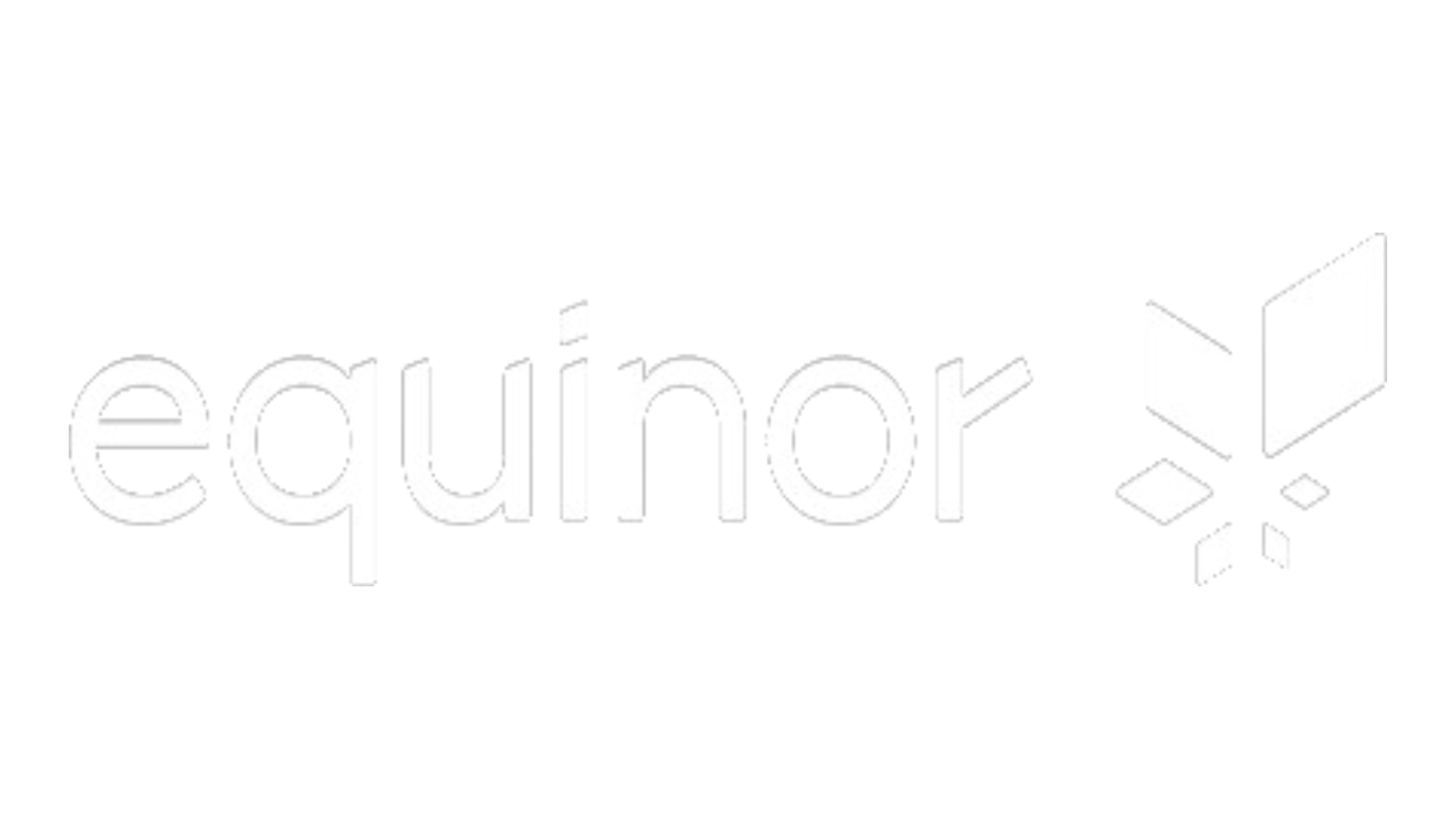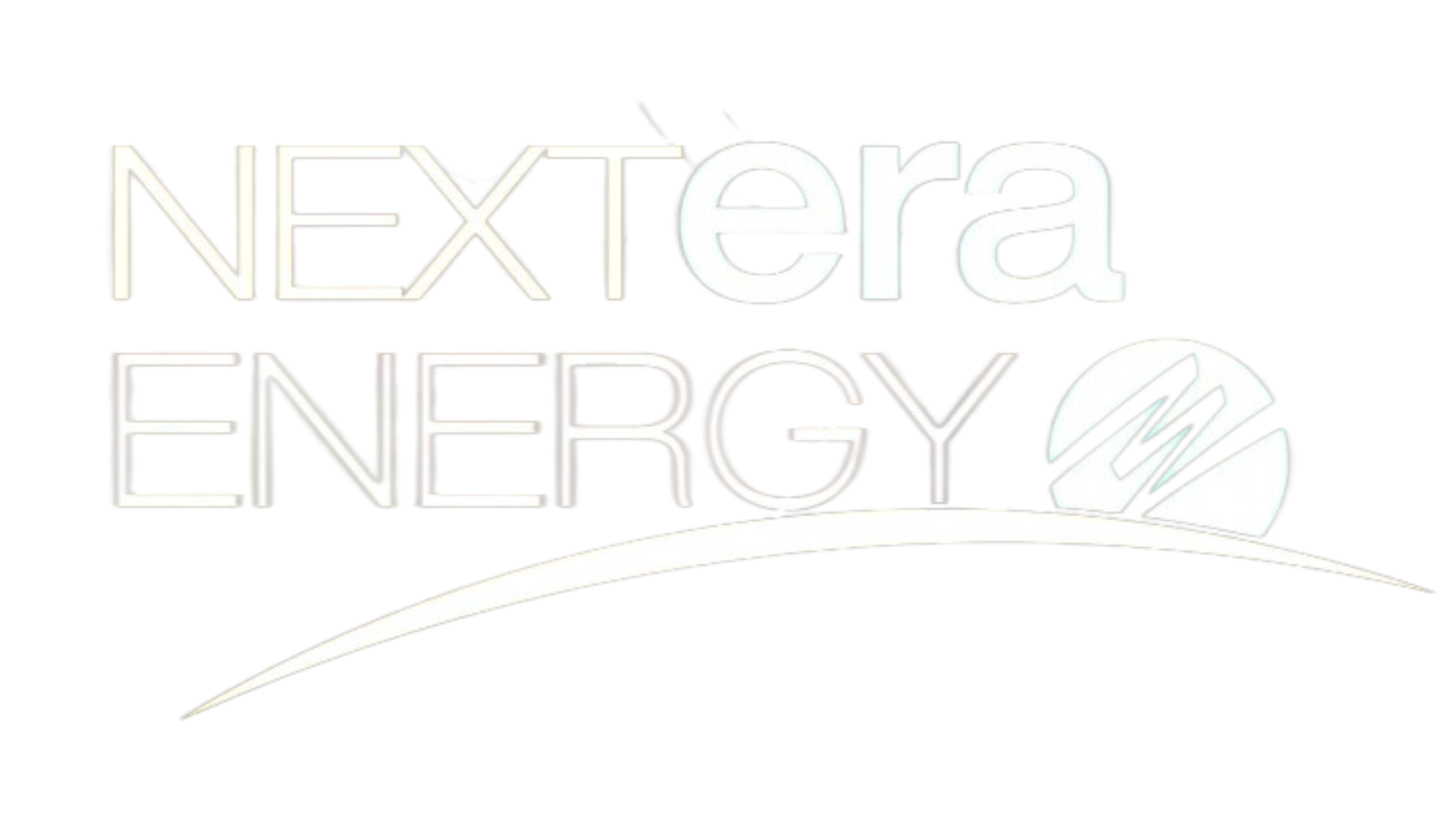The area encompasses Buffalo, Rochester, Syracuse and the Great Lakes region and has a population of a little more than 3.5 million people. Our overall environmental goals for the region are to increase renewable energy, decarbonize buildings, clean up toxic waste, provide safe drinking water for all residents, and reduce waste going to landfills.
The program was launched in 2009 to encourage local governments to commit to agreeing on a 10-step climate change pledge by passing a local resolution. The certification component was added five years later, on Earth Day in 2014, to further encourage local municipalities to go beyond the pledge by completing certain municipal actions. Applications are due on July 31.
By Peter Aronson They were called War Gardens during World War I and Victory Gardens during WWII. Americans were encouraged to create gardens and grow their own fruits and vegetables to make up for food shortages caused by the war effort. Millions of Americans created millions of gardens all across America during these two national…
It is essential that we learn to cut back and eliminate unnecessary plastic use. This week, our Green Tips will help you begin your plastic-free journey.
By Peter Aronson The annual and global Plastic Free July is upon us and it couldn’t arrive soon enough. All you have to do is delve into recent scientific literature and articles about plastic pollution, particularly the omnipresence of microplastics, and you’ll realize it’s an international environmental problem that most likely endangers the health of…
By Peter Aronson As summer begins, we are continuing to plug the wonders of New York State for weekend getaways or close-to-home eco-friendly vacation options. This week we focus on the Empire State Trail, the 750-mile sideways-shaped T that runs across the entire state, from Buffalo to Albany, via the Erie Canalway Trail, from New…
By Peter Aronson According to weather forecasters, New York City is about to experience a hotter than average summer and it may, in fact, be one of the hottest on record. AccuWeather projects that the city likely will experience 21-26 days this summer of at least 90 degrees, double from the 2023 total of 12…
As the primary election season kicks into gear, the New York League of Conservation Voters Education Fund (NYLCVEF) continues their mission of educating voters through environmental candidate forums, conducting two in recent weeks, one in southern Westchester County for New York’s 16th Congressional District, and one in Albany for New York’s 109th Assembly District.
By Peter Aronson You will notice a trend in our articles in our NYLCVEF Citizen Toolkit articles: We are promoting ways to reduce your carbon footprint by still having a great time, whether it’s a weekend getaway or a full-on week or two-week vacation. This week, we are writing about the seemingly infinite (ok, a…









